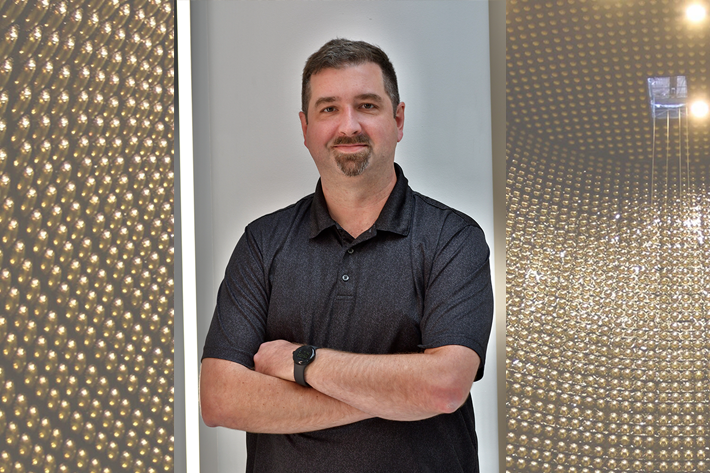Events
Events Calendar
Colloquium: Clifford Johnson, USC
Thursday, Nov. 19, 2020, 3:35 p.m. through Thursday, Nov. 19, 2020, 4:35 p.m.
via Zoom
USC Professor and History Channel's The Universe contributor, Clifford Johnson
Universe @ Home: Gamma Ray Astronomy: From Pulsars to Supermassive Black Holes
Wednesday, Nov. 18, 2020, 8 p.m. through Wednesday, Nov. 18, 2020, 9 p.m.
Via zoom. Registration required.
Gamma Ray Astronomy: From Pulsars to Supermassive Black Holes
Presented by Anne Duerr, Ann Isaacs, and Anna Boldt
Gamma rays are the highest energy photons in the electromagnetic spectrum, created by the densest, most energetic processes in the universe. They have so much energy that they can't be reflected and focused onto a detector like lower energy photons. Though it developed considerably later than other, more traditional, modes of astronomy, gamma ray astronomy allows us to peer into the inner workings of mysterious systems like the jets of supermassive back holes, neutron stars, solar flares, and more!
WAPhLS Talk: Cecilia Levy
Tuesday, Nov. 17, 2020, 5:30 p.m. through Tuesday, Nov. 17, 2020, 6:30 p.m.
Zoom (Register here)
Cecilia Levy (University of Albany)
Abstract: Dark matter is still one of the greatest mysteries of the Universe. The nature of the particles and fields that constitute dark matter remains elusive. The LUX-ZEPLIN (LZ) experiment will be the most sensitive direct detection dark matter experiment to detect the weak interactions between dark and ordinary matter, with a projected spin-independent cross-section sensitivity of 1.6 x 10^{-48} cm^2 for a 40 GeV WIMP mass, for a 1000 live day run. LZ uses dual-phase liquid xenon TPC technology to detect dark matter, and is nearing the end of construction, 4850 ft underground at the Sanford Underground Research Facility (SURF) in Lead, South Dakota. In this talk, I will give an overview of dark matter, and of the LZ experiment.
Diversity & Inclusivity Alliance Annual Event
Monday, Nov. 16, 2020, 11 a.m. through Monday, Nov. 16, 2020, 1:30 p.m.
Via Zoom, Must register to receive link.
Annual Meeting: 11 a.m.-Noon (Alliance updates and report on D&I surveys.)
D&I Moment Workshop: Noon- 1 p.m. (Learn what a D&I Moment is, how to incorporate it into you classrooms, meetings, or gatherings, and how to create a D&I Moment.)
Teaching Inclusive Classrooms Training: Noon-1:30 p.m. (Participants will be introduced to a basic framework for inclusive teaching. This session will focus on class climate, pedagogy, and course content. Participants will be asked to apply inclusive teaching principles to their courses.)
Colloquium: Rohit Pappu, Washington University
Thursday, Nov. 12, 2020, 3:35 p.m. through Thursday, Nov. 12, 2020, 4:35 p.m.
Via Zoom
Abstract: Spontaneous and driven phase transitions such as phase separation aided percolation transitions are thought to give rise to viscoelastic bodies known as membraneless biomolecular condensates. These bodies form and dissolve in response to stresses as well as changes in macromolecular concentrations and epigenetic modifications. Biomolecular condensates are implicated in affording spatial and temporal control over biochemical reactions and cellular processes. How do condensates form? What are the relevant physical principles that underlie the sequence grammar of molecules that drive phase transitions? And how are condensates regulated? Answers to these and other questions are emerging from a concerted effort that combines adaptations and generalizations of theoretical and computational approaches brought to bear on studying the phase transitions of associative polymers. The underlying stickers and spacers model will be introduced and connections to experimental observations and the emergence of a predictive framework for modeling biomolecular condensates will be discussed.
Universe @ Home Livestream
Wednesday, Nov. 11, 2020, 8 p.m. through Wednesday, Nov. 11, 2020, 9 p.m.
Register here
Cosmology and Large-Scale Structure: Why Nothing Really Matters
Presented by Darcy Ballantyne, Ann Isaacs, and Alexander Criswell
The universe is not uniform! It is made of huge structures massive superclusters and voids thousands of lightyears across. This is the story of how those structures formed, why we see them, and what it means for us on our tiny blue dot.
Colloquium: Misha Shifman on the birth of Quantum Mechanics
Thursday, Nov. 5, 2020, 3:35 p.m. through Thursday, Nov. 5, 2020, 4:35 p.m.
Colloquium: Charles Gammie, University of Illinois
Thursday, Oct. 29, 2020, 3:35 p.m. through Thursday, Oct. 29, 2020, 4:35 p.m.
The Event Horizon Telescope project has enabled horizon-scale imaging of the black hole in M87. I will describe some of the key features of the resulting image, list some of the main conclusions that can be drawn about the physical nature of the putative black hole and its surroundings, and describe prospects for the next generation of EHT observations.
Colloquium: Sean Carroll, host of popular podcast "Mindscape"
Thursday, Oct. 22, 2020, 3:35 p.m. through Thursday, Oct. 22, 2020, 4:35 p.m.
Sean Carroll, Caltech and Sante Fe Institute
Nine decades in, the foundations of quantum mechanics remain mysterious. Meanwhile, modern physicists puzzle over how to reconcile quantum mechanics with gravity. I will suggest that these problems are related, and that a promising strategy suggests itself: rather than "quantizing gravity," we should look for gravity within quantum mechanics. This approach has interesting consequences for how we think about the nature of space and time.
Virtual Public Lecture: Bob Lysak
Tuesday, Oct. 20, 2020, 7 p.m. through Tuesday, Oct. 20, 2020, 8:30 p.m.
Registration required to receive zoom information for this event.
The dancing, shimmering glow of the northern lights, the aurora borealis (and their counterpart in the southern hemisphere, the aurora australis) has amazed mankind for centuries. Early northern peoples from Alaska to Siberia have wondered about the lights and created legends to explain them. Now in the space age, experiments flown on satellites and rockets have shown that the aurora is produced by the impact of electrons on the upper atmosphere and is related to oscillations in the Earth’s magnetic field that are associated with solar activity. The aurora has also been seen at other planets such as Jupiter and Saturn and is likely to be present at planets in other solar systems. This talk will outline our present understanding of the causes of the aurora.
School News
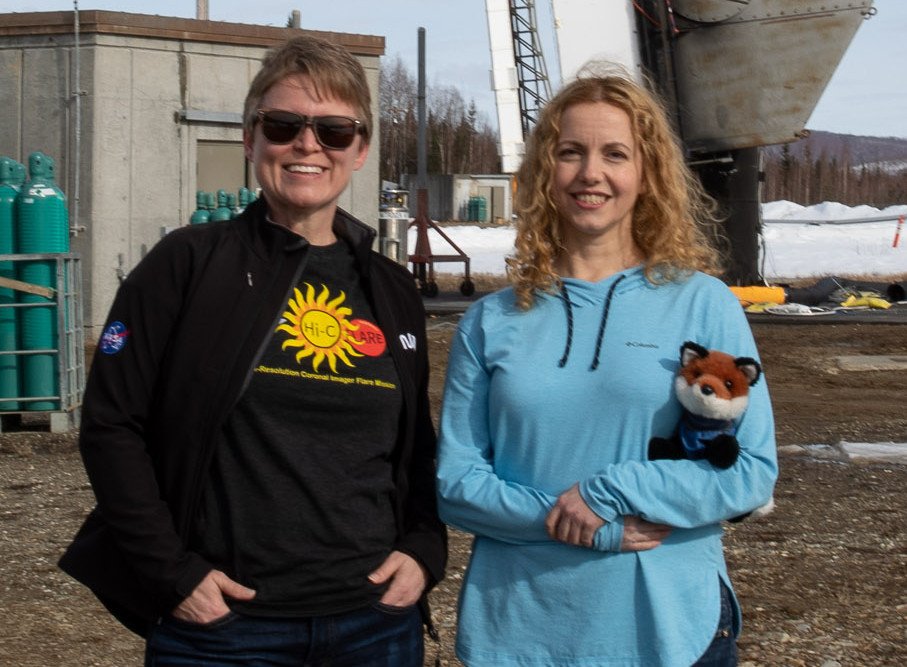
Glesener part of NASA's first solar flare observation campaign
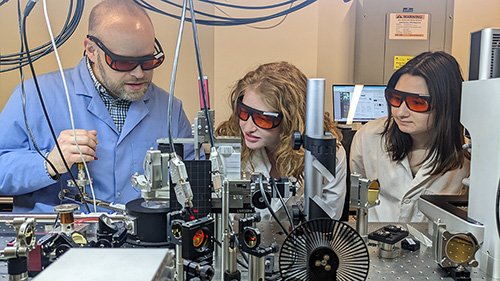
Inside Professor McLeod’s Nano-Imaging Laboratory
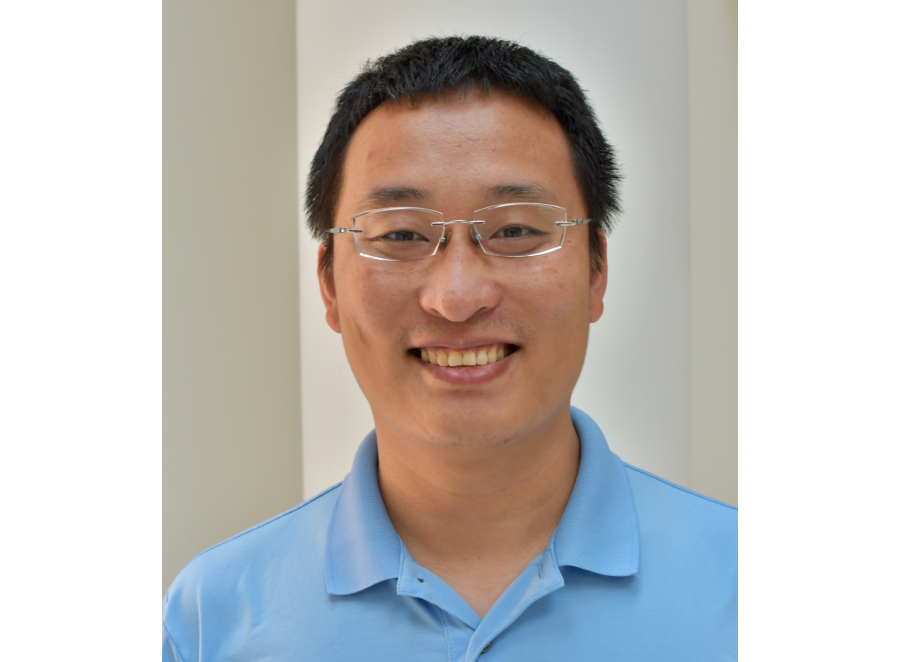
Liu receives prestigious Sloan Research Fellowship for early-career researchers
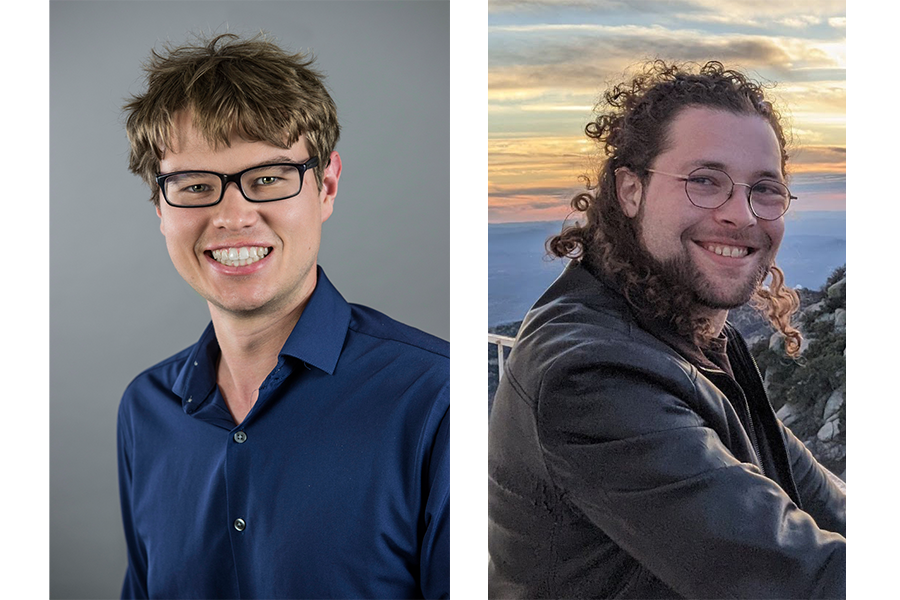
Coughlin and Criswell part of comprehensive UV light survey
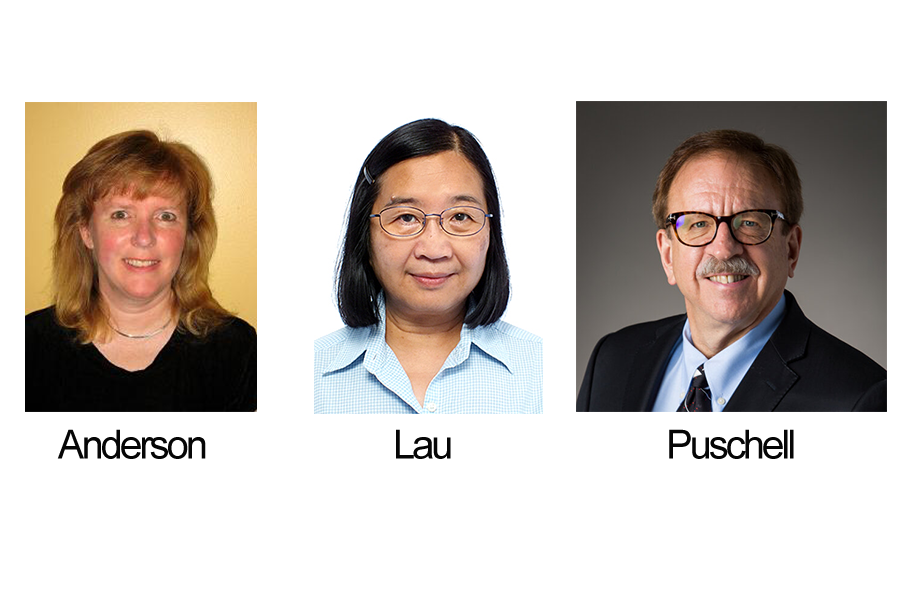
Three School Alumni elected to National Academy of Engineering
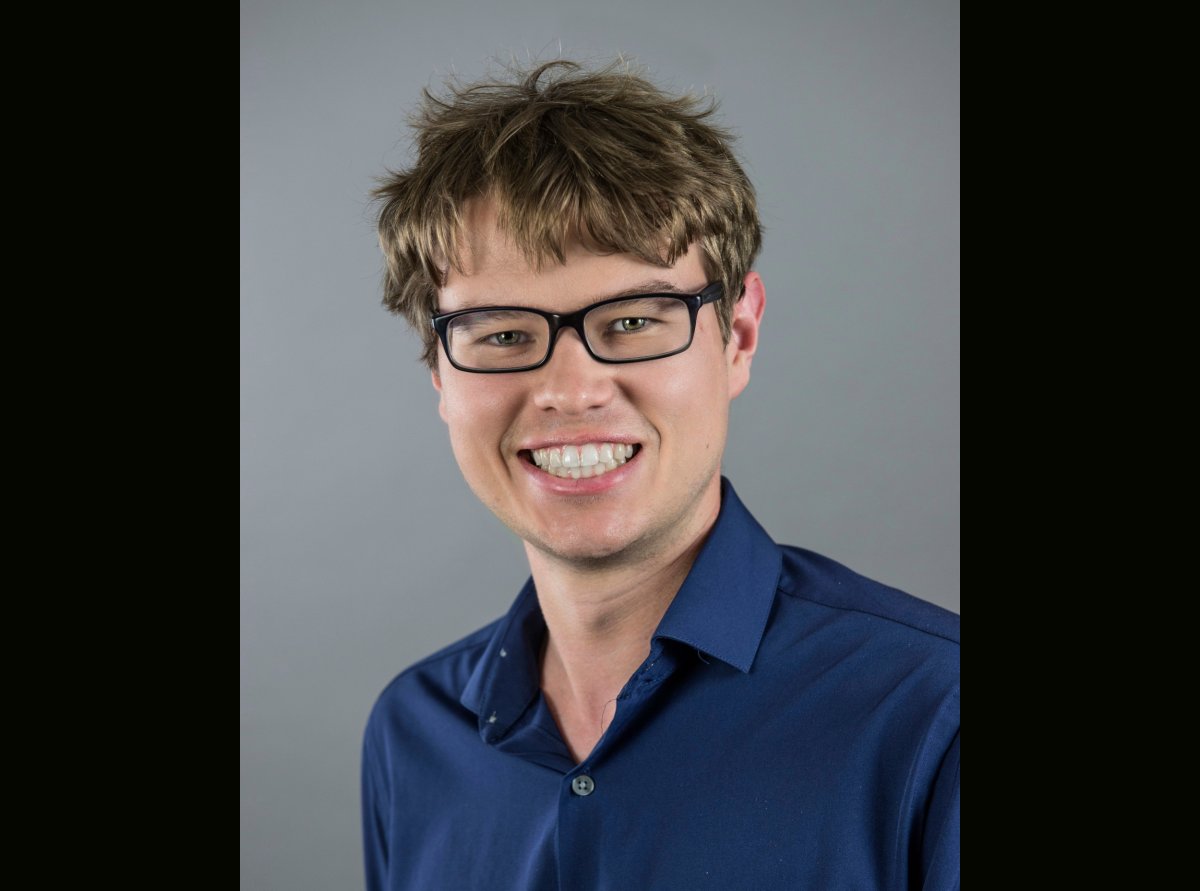
Coughlin receives McKnight Professorship

Humphreys Awarded Medal from Royal Astronomical Society

John Broadhurst, 1935 - 2023
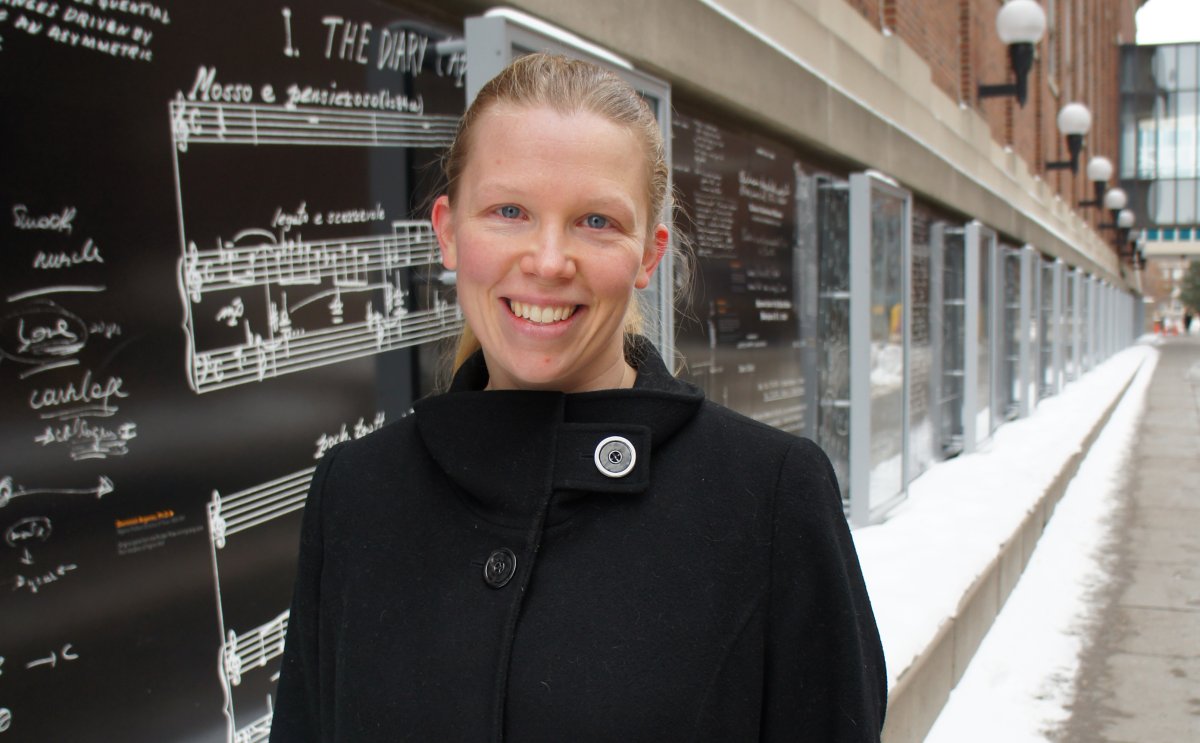
Burnell elected APS Fellow
